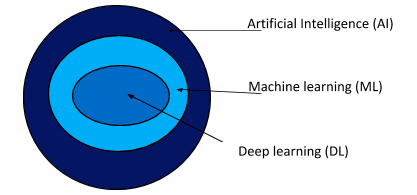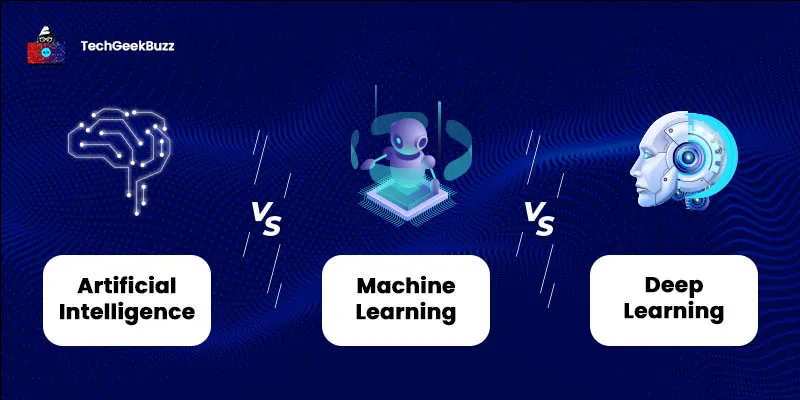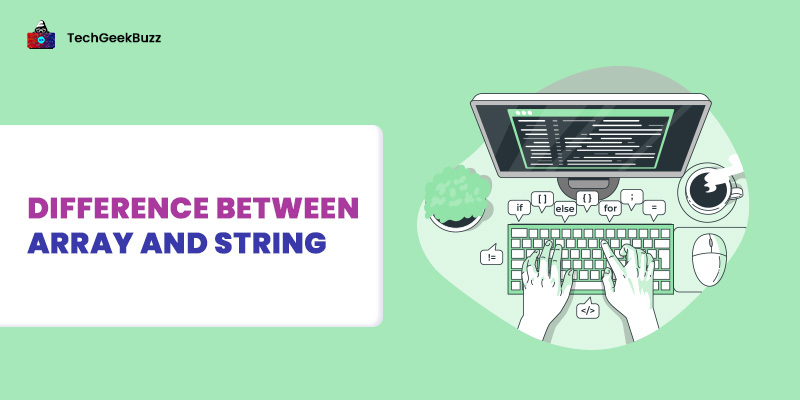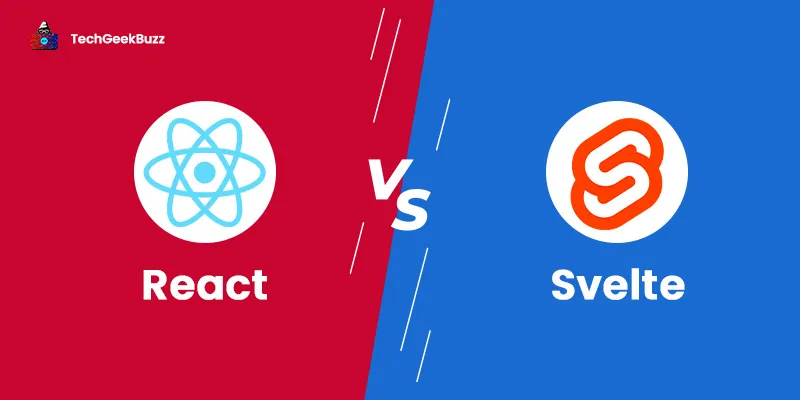This article discusses AI vs ML vs deep learning. The world is slowly depending more on data science. Artificial intelligence, machine learning, and deep learning (DL) are three technologies that are interrelated. Artificial intelligence is a diverse field that contains ML and DL as its subsets. Furthermore, deep learning is a specialized form of machine learning. Here is how the three interrelate with one another:

AI has been around since 1956. Although it has come a long way since then, the goal remains the same: to get a computer to perform intelligent tasks like or better than humans. These tasks vary from playing chess to identifying human emotions. Human intelligence is considered natural, but since intelligence is induced in machines, it is considered artificial.
AI has many techniques and systems like expert systems and rule-based systems that help in solving problems. The most popular technique or category of AI is machine learning. Machine learning not only mimics human behavior but also mimics how humans learn.
Machine learning has many algorithms that are fed with data, and the algorithm trains through the data or by itself. The machine creates a generic model, the accuracy of which is improved through multiple iterations until the desired accuracy is achieved.
Deep learning is a subset of machine learning that uses neural networks with multiple hidden layers to solve complex problems. For example, if we have to identify the image of a dog, it doesn’t matter whether the dog is in a crowd of other animals or it is in a different position. The machine will recognize the image. Chatbots work on a similar principle. The machine can understand the response that should be given to the user based on the user question.
Definitions
- Artificial Intelligence (AI): AI is the intelligence shown by machines or ‘intelligent agents’ so that machines can mimic human behavior and thoughts. An artificially intelligent machine is one that can learn and solve problems.
- Machine Learning (ML): ML is the most common type or category of AI, where machines can predict outcomes of various business problems with accuracy without being programmed explicitly to do so. Machine learning uses past data to build, train and test a model that makes the predictions.
- Deep Learning (DL): Deep learning, also called neural learning, is a subset of ML that deals with artificial neural networks with representation learning. Just like machine learning, deep learning can be supervised , unsupervised and semi-supervised.
Categories of AI
Since the human brain is complex, it is difficult to understand, unlike what the scientists thought initially. However, they understood that the key to imitating human behavior was learning, along with natural language processing and creativity. Well, we are still far from imitating the human brain, but there are improvements every day. There are three categories of AI:
1. Weak AI (Artificial Narrow Intelligence or ANI)
Weak AI finds use in many fields of science, business, and healthcare. There are many computer games like AlphaGo that are an example of weak AI. Weak AI systems have powerful analytical tools to analyze, recommend and provide business insights. They are useful for finding trends and determining patterns.
2. General AI (Artificial General Intelligence or AGI)
This is the next step in making machines more human-like. AGI machines can make their own decisions and can learn from their past mistakes. These systems also have some emotions that are produced by programs that respond to particular stimuli. Chatbots and virtual assistants are examples of machines performing human-like interactions. Even robots are being taught how to respond (with emotions) in certain situations.
3. Strong AI (Artificial Super Intelligence or ASI)
Well, this is a state where machines will completely overpower humans. They will be smarter, more creative, and will have better social skills. This does sound a bit dangerous, and with smartphones having more and more features, humans are moving in that very direction.
Nonetheless, there is still a long way for this to happen completely, and several experts argue that this will never happen. Robotics and machine learning are two important methods of creating super AI. The achievements we have so far are mostly with weak and general AI, and the future goal is achieving ASI.
Applications of AI
At present, there are a galore of applications of AI, and the list is expected to add length over time. Some of the most popular applications of AI so far are:
- Chatbots : AI-powered chatbots have been helping in solving common user queries, thereby reducing the load on human support.
- eCommerce : Through AI-powered systems, users can search for an item by using its image, rather than typing it on Google Search or any other search engine.
- Healthcare : By gathering data of patients, AI systems can give a better diagnosis and suggest appropriate treatment for them. This will help reduce the burden on doctors and the medical staff.
- Logistics and Supply Chain : Businesses can mine customer data and make improvements in the complete process of logistics, from order placement to fulfillment. Also, the delivery time is less with autonomous trucks and robots picking the items from their source to destination, thus making the process go on 24x7.
- Sports : Through AI technologies, betting can be done with more accuracy as huge amounts of data can be analyzed and processed in a jiffy, and the future outcome can be predicted.
Components of Machine Learning
Machine learning, as we have learned, is a branch of AI that deals with algorithms that can find patterns and make predictions. Machines can learn and train themselves with the data being fed. It is of four types:
1) Supervised learning
In this type of machine learning, humans act as a supervisor (teacher) and feed the machine with the training data along with the correct outputs (labels). The computer learns and finds patterns based on this data. Based on this learning, new inputs are given to the computer for which the output is unknown, and the computer tries to predict the outcome. Supervised learning is further of two types, regression, and classification .
2) Semi-supervised learning
Semi-supervised learning falls between supervised and unsupervised types of machine learning, where there are labels for some of the data but not for all. The cost for labeling is practically quite high. Consequently, for model building, semi-supervised methods turn out to be more efficient.
3) Unsupervised learning
In this type of machine learning, the computer trains itself with no labeled data. If humans are unable to decipher what to infer from a dataset, unsupervised learning algorithms can be applied to get some interesting patterns and results. These algorithms can mine the data, detect patterns, and group the data to derive useful insights and predictions. Clustering and association rules are some popular types of unsupervised learning algorithms .
4) Reinforcement learning
This is the most advanced type of machine learning where machines and agents (the learning algorithm) collectively and automatically determine the ideal behavior based on a particular state (or condition) to maximize performance. If the performance is maximized, rewards are given through feedback. The agent observes the input state, makes decisions, and receives the reward or punishment based on the action performed. Some common algorithms are Q-learning and Temporal difference (TD) learning. Most computer games are based on the concept of reinforcement learning.
Popular ML Algorithms
Several algorithms are available to solve ML problems of different types. We will not get into the details of the algorithms but only mention the most popular algorithms and the use cases where the algorithms are used. Some of the most popular machine learning algorithms are:
- Linear regression : This is ideal for scenarios like whether a patient has a particular disease or not based on a set of symptoms, whether a promotion material would be suitable for a particular customer or not based on their past preferences, analyzing the type of campaign that works best for a customer, and ice cream sales based on the weather.
- Naïve Bayes : Text document classification, spam filtering, and classifying news articles into categories.
- SVM : Handwriting recognition, classification of genes, speech recognition, categorizing facial expressions, geo-spatial data analysis, and cancer diagnosis.
- Decision tree/Random forest : Which medicine to recommend to a patient, which insurance plan is the most suitable for a client, and whether to play a game of cricket or not.
- k-nearest neighbours : Economic forecasting, genetics, data compression, predicting house rent, and recommender systems.
- Neural networks : Stock exchange prediction, handwriting recognition, image classification, autonomous systems like self-driving cars (computer vision), flight control, and NLP.
- Apriori : Market-basket analysis, healthcare systems, flood area prediction, and analysis of patient records.
- k-means clustering : Image segmentation, image compression, document clustering, market segmentation, fraud detection, and analyzing student result data.
- Q-learning : Traffic light control, robotics, recommendation systems, supply chain management, stock market trading, and electric power systems security.
Applications of ML
There are many applications of machine learning. Some of the most important ones are:
- Making traffic predictions, giving real-time traffic updates, and suggesting alternate routes to a user.
- Voice assistants like Alexa, Siri, and Cortana use natural language processing techniques.
- Social media services like face tagging, face recognition, and sentiment analysis.
- Spam detection and malware filtering.
- Online fraud detection.
- Medical diagnosis.
- Search engine optimization to offer the best search results based on the context.
- Recommendation systems to recommend the right products and services based on user preferences.
- Image or face recognition, image compression, and text recognition and analysis.
- Video surveillance, detection of unusual activity, providing alerts, crowd analysis, and violence detection.
Deep Learning
Deep learning is a specialized field of machine learning, which tries to mimic the working of a human brain to solve complex problems. It consists of multi-layered neural networks, as a human brain has neurons. The level of abstraction is gradually increased through the non-linear transformation of input data. The multiple neural network layers are hidden, i.e., what happens inside is unknown to us.
 The hidden layer need not be a single layer. Instead, it is a series of connected channels - called weighted channels - through which information is relayed. Neural networks have a feedback system, wherein the weighted sum of inputs is applied to an activation function, and the result decides which neurons are to be activated and passed to the next layer. This goes on until the second last layer (before the output layer) is reached. Neural networks need a huge amount of data to train. Deep learning is more accurate than machine learning and is closer to artificial intelligence.
The hidden layer need not be a single layer. Instead, it is a series of connected channels - called weighted channels - through which information is relayed. Neural networks have a feedback system, wherein the weighted sum of inputs is applied to an activation function, and the result decides which neurons are to be activated and passed to the next layer. This goes on until the second last layer (before the output layer) is reached. Neural networks need a huge amount of data to train. Deep learning is more accurate than machine learning and is closer to artificial intelligence.
How Deep Learning Network Works?
In deep learning, both supervised and unsupervised techniques can be used for training. Let us take an example of predicting the value of a house using a supervised deep learning technique. The price will depend on various factors like square feet measurement, age of the house, flooring type, and furnishings. All these inputs are called neurons. These are passed to the first hidden layer. The most important input will have the maximum weight. The weights decide the importance of the input value.
In our case, the area of the house is the most important factor in determining the price. The number of hidden layers should be decided optimally. The more the number of hidden layers, the more time it takes for training. The number of hidden layers can be decided only with trial and error, and there is no formula for it, although it does depend on the number of input and output neurons. Each neuron (input) has an activation function, which defines the output based on the input or set of inputs.
For a supervised learning approach, we give the data for the input neurons and then compare the results with the outputs from the dataset. The first time, since the system is untrained, we will get incorrect results. For this, we create a cost function that determines the deviation of the received output from the correct output. Our target is to make the cost function as small (almost zero) as possible. This needs many iterations and hence high computational power.
Deep Learning Applications
There are several interesting applications of deep learning in various industries. Some of them are:
- Personalized content display for a particular user after login on sites like Amazon and Netflix.
- Automatic gameplay.
- Handwriting generation.
- Pixel restoration. Detecting a face with a low-resolution image.
- Describing photos using the English language.
- Translating images into text of a particular language by reading the image.
- Image colorization.
- Automatic sorting of images based on location, event date, group of people, and face.
AI vs ML vs Deep Learning
Now that we know about AI, ML, DL and how each of them works, it's time to compare them head-to-head. The following AI vs ML vs deep learning table will help you appreciate the differences better:
| Artificial Intelligence | Machine Learning | Deep Learning |
| AI offers great performance on huge datasets. | Performance is high with medium or small datasets. | Good performance on huge datasets. |
| It is a system that encapsulates machine learning and deep learning. | Machine learning encapsulates deep learning. | It is a specialized type of machine learning. |
| AI requires high-power systems for handling AI workloads, like high-power GPU and RAM. | ML doesn’t require high computational systems. CPU and RAM with good performance are sufficient. | High-computing power is required. However, if images are not involved, there's no need for a GPU. Having a high-capacity CPU should suffice. |
| It takes time to understand the problem, apply the solution and obtain an accurate result. | Takes a few minutes or hours to solve the problem. | It can take up to weeks to compute the weights. |
| Many algorithms are available and are easily understood. | You can choose from multiple algorithms to solve a problem. | Only a few algorithms are available. |
Summary
Through this article, we have understood that AI, ML, and DL are closely related, and while AI is the more generalized form, DL is specialized and comes under artificial intelligence. Deep learning is the next level of machine learning. Where machine learning involves some human intervention, deep learning doesn’t require it.
For example, for a machine learning problem, the features used for input are determined by humans, whereas deep learning decides the features on its own and weighs them accordingly. To summarize, both ML and DL are types of AI .
People are also reading:
- What is Machine Learning?
- Machine Learning Interview Questions
- Machine Learning Frameworks
- How to become a Machine Learning Engineer?
- Machine Learning Projects
- Classification in Machine Learning
- Machine Learning Applications
- Machine Learning Algorithm
- Data Science vs. Machine Learning
- Decision Tree in Machine Learning





Leave a Comment on this Post